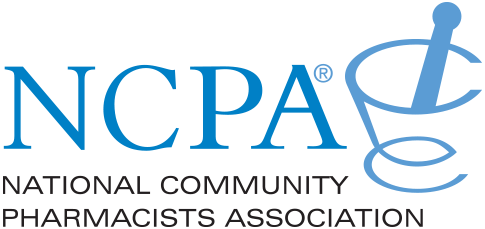
NCPA Releases 2025 Digest Report

Key Takeaways
- Independent community pharmacies make up nearly 36% of U.S. retail pharmacies, with no chain surpassing their combined store count.
- Economic pressures necessitate a revised pharmacy payment model to recognize pharmacists' value and services.
NEW ORLEANS, La. (Oct. 19, 2025) – The 2025 NCPA Digest, sponsored by Cardinal Health, was released today as part of the National Community Pharmacists Association’s Annual Convention, being held Oct. 18-21 in New Orleans. The NCPA Digest, which provides an annual overview of independent community pharmacy, found that the industry represents nearly 36 percent of all retail pharmacies in the United States. It continues to be true that no single pharmacy chain has more stores than all independents combined.
“Independent community and long-term care pharmacies have long been known for the many indispensable services and quality care they offer,” said NCPA CEO B. Douglas Hoey, pharmacist, MBA. “With economic pressures on pharmacies continuing unabated, it is critical that policymakers change the pharmacy payment model to compensate for value and recognize pharmacists for the services they do and can provide. This fight continues, with the help of the NCPA Digest report and the goal of healthier pharmacies and patients.”
The 2025 NCPA Digest underscores the importance of pharmacy locations as health care destinations above and beyond providing accessible prescription medications: 93 percent of respondents provided flu immunizations; 92 percent provided non-flu immunizations; 80 percent offered medication therapy management; 73 percent performed blood pressure monitoring; 55 percent offered services for long-term care patients; and 45 percent offered compounding. From a philanthropic standpoint, 61 percent of independent community pharmacy owners donated to at least five local organizations in 2024, with 47 percent of pharmacies donating more than $3,000 annually to support community organizations.
This year, the report also details the USC-NCPA Pharmacy Access Initiative that monitors pharmacy closures across the country and their effects on pharmacy shortage areas, or pharmacy deserts. Among other things, the initiative finds that roughly 1 in 8 neighborhoods in the U.S. meet its criteria for pharmacy shortage areas.
Additional highlights from the
- The estimated number of independent community pharmacies declined. There were 18,960 locations as of July 2025, down from 18,984 in June 2024.
- Independent pharmacy represented a $103 billion marketplace in 2024, a year in which the industry saw a 10-year high in the cost of goods, a 10-year high in average annual sales, and a 10-year low in gross profits. This reflects factors like high cost, high-volume prescriptions such as GLP-1 agonists, low or below-cost third-party reimbursements, and inflation (which showed up in wages and overhead costs).
- In 2024, the average prescription volume was 67,601 prescriptions per store, compared to 59,644 in 2023, potentially caused by pharmacy closures reducing pharmacy access for patients.
- Eighty-four percent of prescriptions at independent pharmacies are filled with a generic drug.
- Government programs continued accounting for more than half of all prescriptions sold in independent community pharmacies, with 52 percent of total prescriptions covered by the Medicare Part D and Medicaid programs, combined.
- Eighty-eight percent of independent community pharmacy respondents identified their primary pharmacy operation as retail pharmacy.
- More than 3,500 pharmacies are participating in the CPESN® USA national network of clinically integrated pharmacies. It operates 48 community-based pharmacy networks across 45 states and Washington, D.C.
Newsletter
Stay informed on drug updates, treatment guidelines, and pharmacy practice trends—subscribe to Pharmacy Times for weekly clinical insights.













































































































































































































